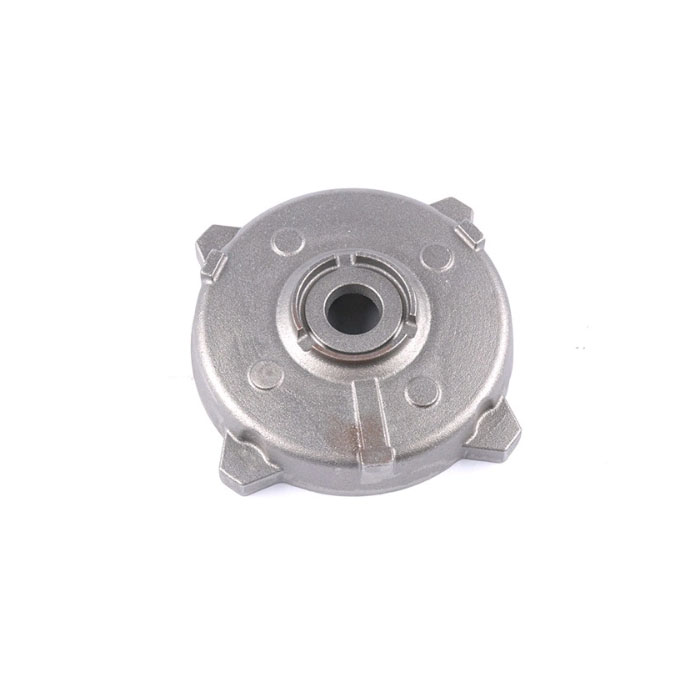Types of iron casting
2023-10-17
There are several types of iron casting processes, each with its own characteristics and applications. The primary types of iron casting include:

1. Gray Iron Casting:
- Gray iron is the most commonly used material for iron castings.
- It is named for its gray appearance when fractured due to the presence of graphite flakes in the microstructure.
- Gray iron is known for its excellent castability, good machinability, and damping properties (vibration absorption).
- Applications: Engine blocks, cylinder heads, pipes, brake drums, and various machinery components.
2. Ductile Iron Casting (Nodular Iron Casting):
- Ductile iron is an alloy of iron, carbon, silicon, and small amounts of other elements.
- It has a nodular or spheroidal graphite structure, which gives it improved strength, ductility, and toughness compared to gray iron.
- Ductile iron is often used when higher tensile strength and impact resistance are required.
- Applications: Automotive parts, pipes, gears, crankshafts, and hydraulic components.
3. White Iron Casting:
- White iron has a white, hard, and brittle appearance due to the presence of cementite (iron carbide) in its microstructure.
- It is known for its excellent wear resistance and is used in applications where abrasion resistance is critical.
- Applications: Mining wear parts, crusher liners, grinding balls, and pump components.
4. Malleable Iron Casting:
- Malleable iron is produced from white iron through a heat treatment process called annealing.
- It has improved ductility and toughness compared to white iron and retains some of its wear resistance.
- Malleable iron can be bent and shaped without breaking, making it suitable for certain applications.
- Applications: Pipe fittings, agricultural equipment, and decorative castings.
5. Compacted Graphite Iron (CGI) Casting:
- CGI is an intermediate material between gray and ductile iron, with a graphite structure that is a mix of flake and nodular graphite.
- It offers a balance of strength, ductility, and thermal conductivity.
- CGI is used in applications where a combination of properties is required, such as in engine components for automotive and industrial use.
6. Mottled Iron Casting:
- Mottled iron is a transitional form between gray and white iron, characterized by a mixed microstructure.
- It has properties that fall between those of gray and white iron, making it suitable for specific applications.
- Applications: Some automotive components and machinery parts.
7. Austempered Ductile Iron (ADI) Casting:
- ADI is ductile iron that has undergone a specialized heat treatment process called austempering.
- This treatment enhances its strength, wear resistance, and toughness.
- ADI is used in demanding applications where high strength and ductility are required, such as gears, shafts, and suspension components.
These are the primary types of iron casting processes, each tailored to meet specific requirements in terms of mechanical properties, wear resistance, and castability. The choice of casting material depends on the intended application and the desired combination of properties.


